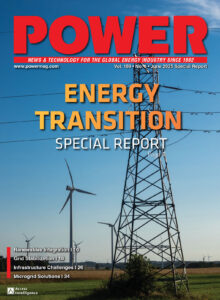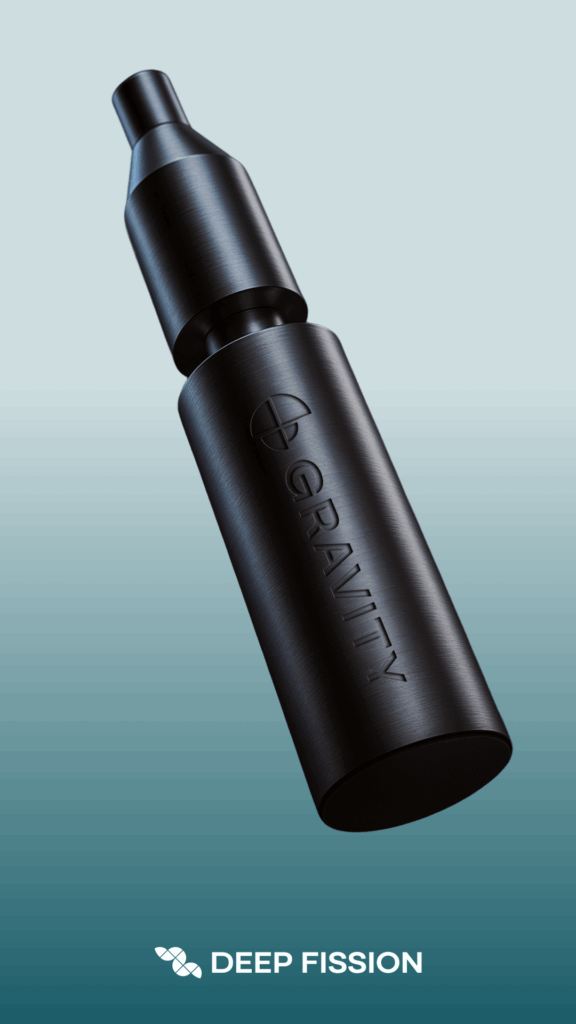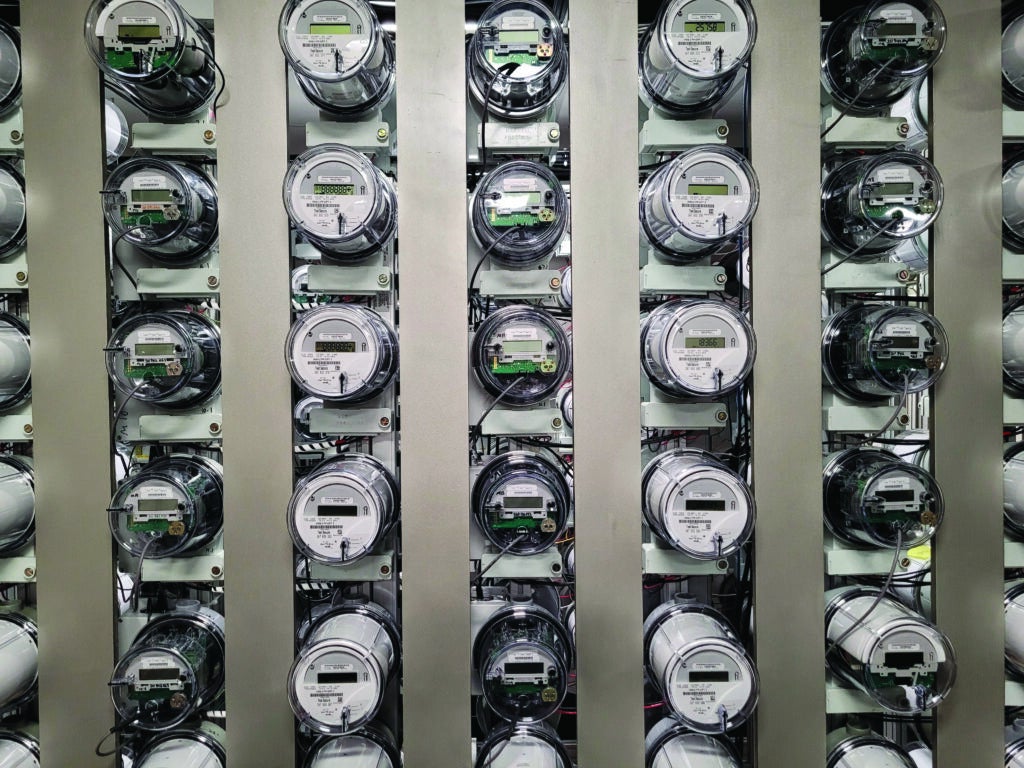The U.S. solar industry has increasingly begun to rebrand itself as “MAGA-friendly,” emphasizing cost savings, energy independence, and job creation over climate concerns. This shift marks a departure from its traditionally left-leaning roots, as companies attempt to appeal to conservative consumers and policymakers.
Some solar companies have changed their messaging to align with Trump-era rhetoric, promoting solar as a tool for reducing reliance on foreign energy. Others have downplayed environmental activism in favor of branding themselves as pragmatic, business-friendly alternatives.
When Changing the Message Hurts
Companies that shift their messaging to align with political winds—whether left or right—often find themselves alienating audiences and facing severe reputational and financial consequences. Bud Light learned this lesson last year when a partnership with a transgender influencer went viral, sparking boycotts and costing the brand $1.4 billion in sales.
Target has experienced similar turmoil from both sides of the political spectrum. The retailer first upset right-leaning consumers with its high-profile “Pride” collection, then frustrated other customers by scaling the collection back. This resulted in billions in losses and the company’s stock facing a heavy drop. More recently, its decision to abandon long-held diversity, equity, and inclusion (DEI) values has angered progressive consumers, resulting in not only declining sales, but also a lawsuit in which stakeholders are suing Target for failing to warn against the potential risks of these messaging shifts.
Considering that we live in an era of extreme polarization, it’s no surprise that brands wading into politics risk alienating a segment of their audience. But I don’t believe the core issue is that consumers inherently dislike political statements; rather, the problem is inconsistency. When a company builds its brand identity around certain values, any attempt to pivot can feel like a betrayal.
What About Green Energy?
So, what does that mean for renewable energy companies trying to survive under Trump 2.0? Again, for decades, the green energy sector has been politically aligned with the left, with climate change discussions often framed as a Democratic issue. That began to shift with the current administration’s unfriendly stance toward renewable energy.
In response, the clean energy industry has started emphasizing affordability over environmental benefits, attempting to rebrand itself as a fiscally conservative, cost-saving solution, rather than a climate-focused movement. The Solar Energy Industries Association even has a new slogan, “American Energy DOMINANCE,” which matches some of Trump’s rhetoric about U.S. energy initiatives.
While this strategy of matching the current party line might help appeal to a broader audience, it also carries significant risks. If solar companies now attempt to win over conservative support by downplaying environmental concerns, they run the risk of alienating progressive supporters.
Pivoting Without Losing Your Audience
So, is there a way for brands to change their spoken values without jeopardizing their customer base? That’s the challenge the solar industry—and any company tempted to go political—must navigate carefully.
A key starting point is understanding your audience and making sure your messaging is what they’re actually looking for. Artificial intelligence–powered sentiment analysis, customer surveys, and social media monitoring can help brands identify their customers’ attitudes and refine messaging accordingly. Whether your customers are motivated by lower energy bills, energy independence, or environmental sustainability, develop marketing and public relations campaigns that match those motivations.
Next, think less about who is in office and more about using consistent messaging to build trust. Companies that change their messaging every election cycle risk appearing opportunistic rather than principled. Instead, stick to your core beliefs and established tone. If the company and its spokespeople are generally bold and don’t mind picking fights, then stick with what has worked. If you’re focused on a more neutral stance, continue to identify and brand yourself based on unifying themes that resonate across ideological lines, like job creation and economic growth.
If for whatever reason you do feel like you have to make a change, take it slow to avoid messaging whiplash for your customers. While aligning with a new audience may seem like a great opportunity for growth, sudden changes—even toward a more neutral stance—can backfire if they contradict years of branding. Rework messaging gradually, ensuring it remains consistent with your core mission.
Of course, even the most carefully planned messaging strategies can misfire. When backlash occurs, how a company responds can determine whether the damage is temporary or lasting. Rather than reacting defensively, brands should acknowledge concerns, clarify their position, and, if necessary, make adjustments without undermining their credibility. For instance, if a green energy company faces criticism for downplaying its environmental commitments, it can reinforce the idea that affordability and sustainability are not mutually exclusive. Handled the right way, value-based statements don’t have to threaten your profitability in the long term.
For green energy, surviving political shifts requires a delicate balance between adaptability and consistency. Companies that maintain consistent messaging and know how to appeal to their existing customers rather than chasing political trends will be far better positioned for long-term success.
—Stamatis Astra is co-founder and Chief Business Officer of Intelligent Relations.



















